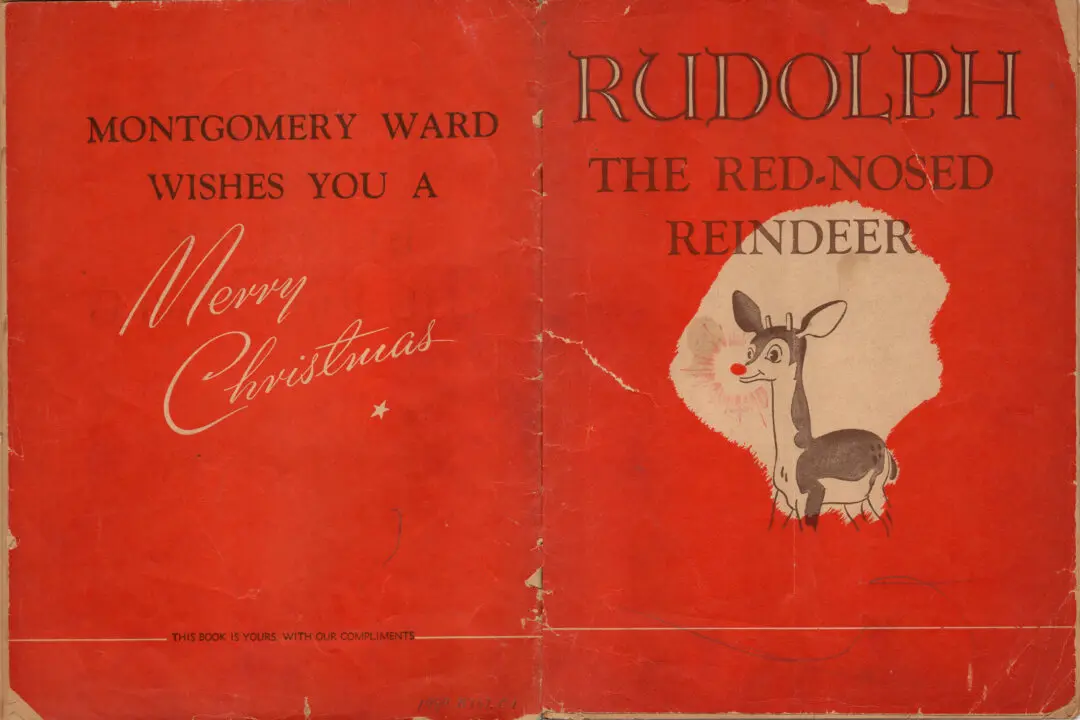Throughout American history, our wars have either popularized or produced songs that remain familiar to us today.
The American Revolution brought us many songs, but only “Yankee Doodle” has stood the test of time. Sung to an old tune and written originally as a song of English derision aimed at Americans during the French and Indian War, patriots of the Revolution took the song for their own, changed the words, and proudly played and sang it in their encampments. “Yankee Doodle” remains the state song of Connecticut.






